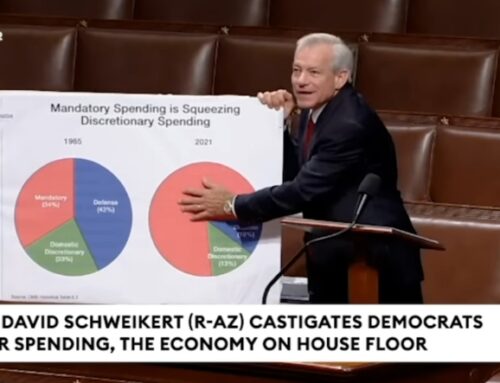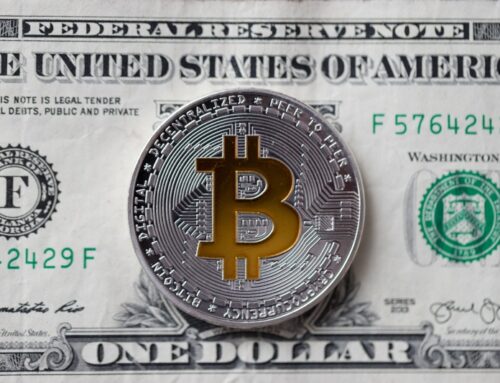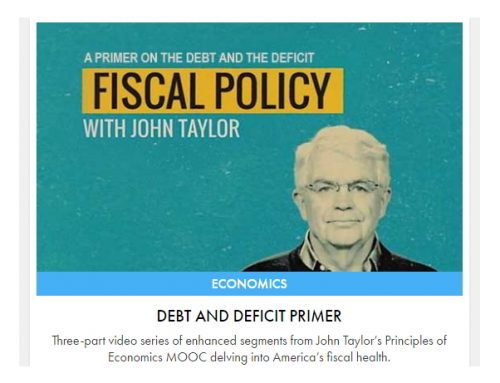What a difference a little disclosure makes. For the remainder of this article, remember this timeline: Bear Stearns crisis, March, 2008. Lehman Brothers bankruptcy, September 15, 2008. TARP, October 3, 2008. AIG Financial Products taken over by Fed and given $85 Billion loan: September 16, 2008.
Wikileaks brings us this information via U.K. Guardian from the now-famous “U.S. Embassy Cables” collection; I will paraphrase, follow the link for the full text.
On March 17, 2008 Bear Stearns was descending into its own pit of Hell and threatening to expose the hollowed-out and over-leveraged shell that was, and arguably still is, TBTF banking. This was months before the Lehman Brothers meltdown in September, 2008. In a diplomatic cable made public by Wikileaks, Bank of England Governor Mervyn King expresses his concern that the problem facing the global banking system is “now not liquidity but rather a question of systemic solvency.” He goes on to suggest that two vital mechanisms must be put into place: one, “find ways for banks to avoid the stigma of selling unwanted paper at distressed prices or going to a central bank for assistance.” [emphasis added] Two, be prepared to “recapitalize the global banking system.”
And “recapitalized” it was, at least as far as central bankers are concerned. It appears to have been recapitalized by the Federal Reserve, using brand new “capital” created out of thin air which, as we all know, isn’t really capital. Before I go on, I’ll re-emphasize a simple but very important point: if real money, or real capital, can be created effortlessly from nothing, then all the Fed has to do is print us each a $million or so and no one in the U.S. will ever have to work again. And if real capital CAN’T be created from nothing, then this whole exercise is a massive lie that must end in tears. You decide.
You can use this remarkably useful interactive graphic to track the timeline of the Federal Reserve Bank’s creating money out of thin air to bail out the banks. Move your mouse over it, move the timeline from left to right, move the mouse into differently-colored areas of the chart that represent the different types of securities on the Fed’s books. Watch as, over time, the Fed buys likely junk mortgage-backed securities from banks to protect bank investors from losses and to “recapitalize” the system with more than a $Trillion worth of phony “capital” that it effortlessly clicked into existence.
Why do I say they are junk assets? Because now we have a tiny bit of disclosure from the Fed regarding its loans to banks, which has been examined and critiqued by Karl Denninger at Market-Ticker:
- More than a year later Bank of America put up $185 billion in alleged “collateral” to secure a $15 billion loan, well into the TARP process and beyond the “recapitalization.”
- Bank of America was not alone. Indeed, they were representative. Look at the data again if you don’t believe me.
- The question remains: WHERE ARE THOSE LOSSES NOW?
Next, Part 2: How Did TARP Get Repaid, and Where Did All Those Bonuses Come From?





